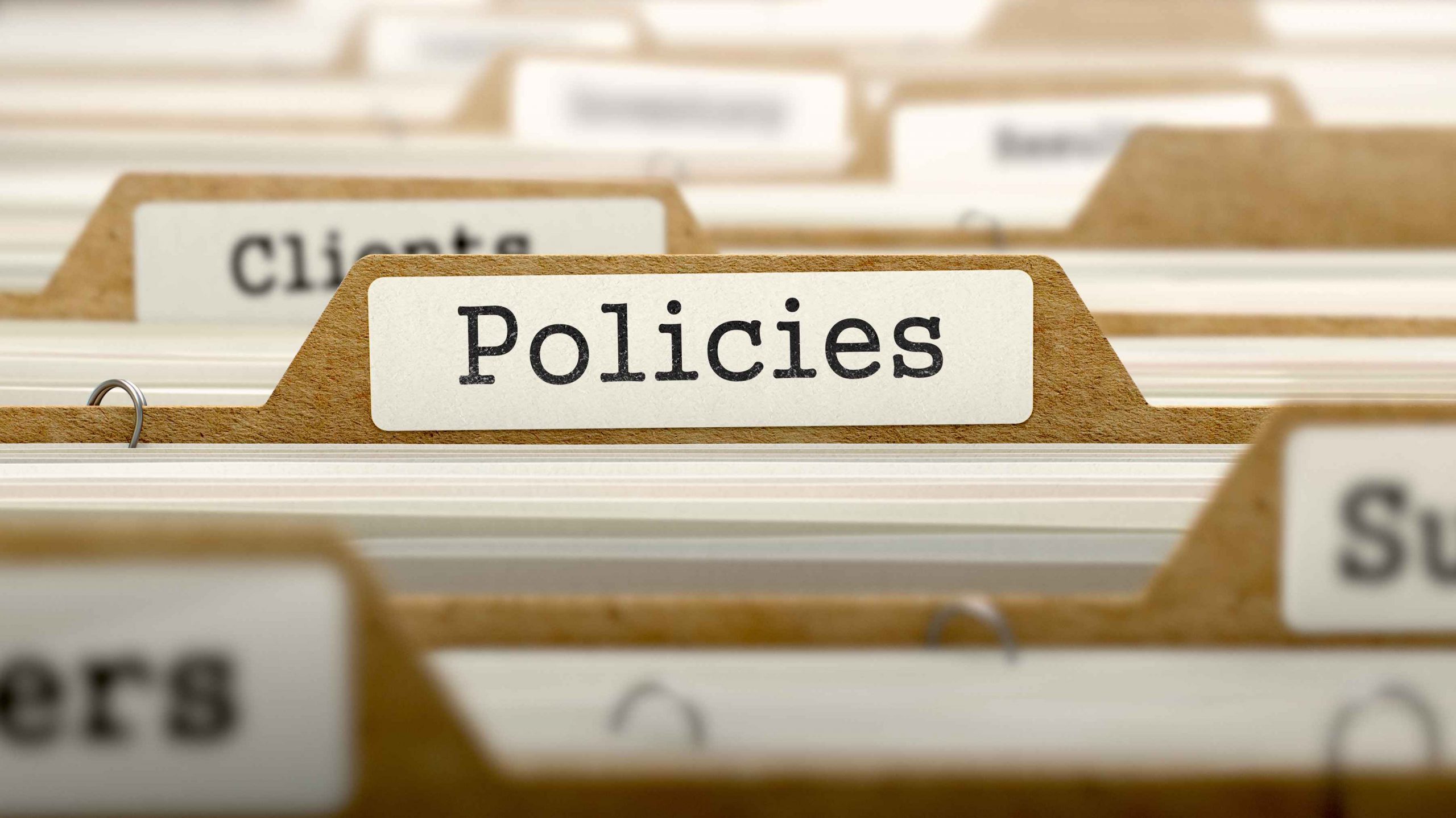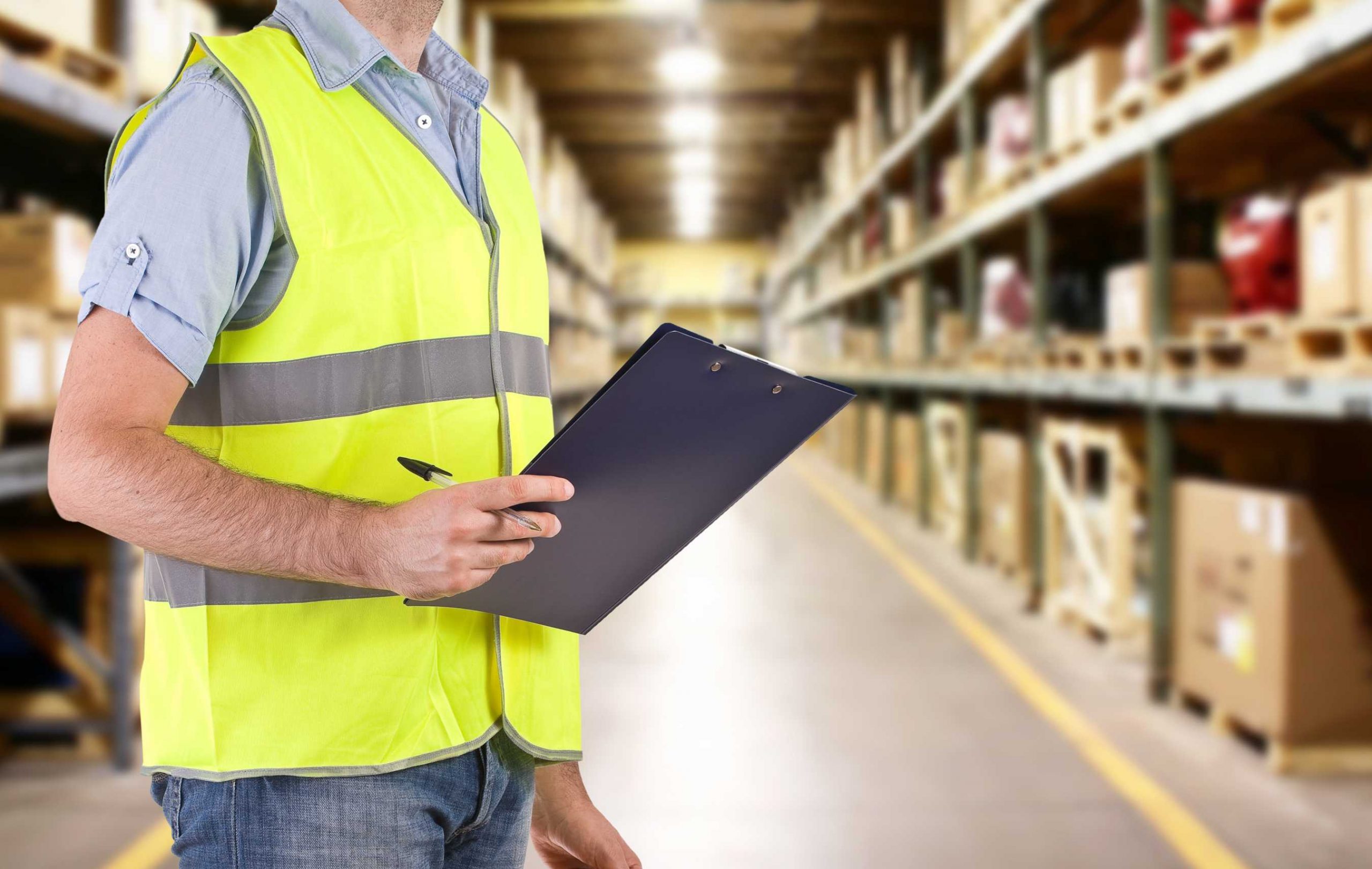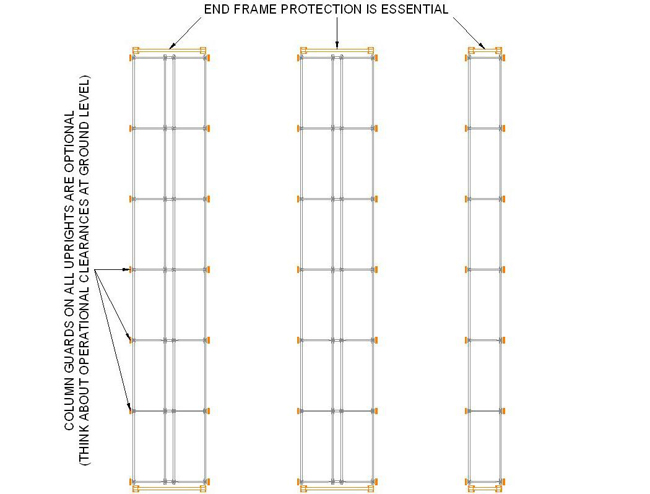How do HSE’s New CDM Regulations Affect You?
On the 17th September 2015, Tony Mitchell from HSE came to speak with SEMA about the new CDM regulations. These new regulations replace the old 2007 regulations which Mitchell conceded were “too complicated”. The idea of simplifying and streamlining the CDM regulations means that responsibilities have shifted and definitions have changed. So how does this affect SEMA approved racking inspectors and others involved in the warehousing industry?
Client Responsibility
In the old 2007 CDM regulations, responsibility for safety was shared between HSE middle management and the person in charge of a project. However, the biggest change to the CDM regulations was the clarification of who a “client” was and their role. Essentially, anybody who now starts a building project is a client and the client is responsible for all safety on site.
Putting the onus of responsibility on clients removes the need for a large number of middle managers within HSE. This stripping back of HSE personnel falls in line with the HSE’s promise to reduce spending and reduce overall regulations. However, whether or not this will benefit for the construction industry remains to be see, and HSE are always eager for feedback on how this affects your business.
SEMA Approved Racking Inspectors and Defining “Competence”
In the HSE’s Warehousing and Storage: A Guide to Health and Safety, they state that any person involved in any work in your warehouse needs to be “competent”. Moreover, they also state that a “technically competent” person should perform a racking inspection at least once every 12 months. HSE recommend SEMA approved racking inspectors calling them “expert inspectors”.
From this, it is clear that HSE regard SEMA approved racking inspectors as “technically competent”. By contrast, Mitchell argued at the SEMA seminar that a key problem with the 2007 CDM regulations was that competence was not as clearly defined. He claims that this gave rise to over 300 card schemes and a lot of confusion. In the new CDM regulations, judging the competence of the workforce is now entirely the client’s responsibility.
With that in mind, SEMA’s role is more important than ever. Ensuring that your staff receive racking inspection training from a SEMA approved racking inspector is a perfect way to guarantee their competence in the workplace.
Make sure that your warehouse is a technically competent workplace. Contact us for the UK’s best racking inspection training program delivered by the best SEMA approved racking.









